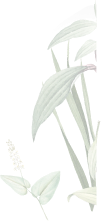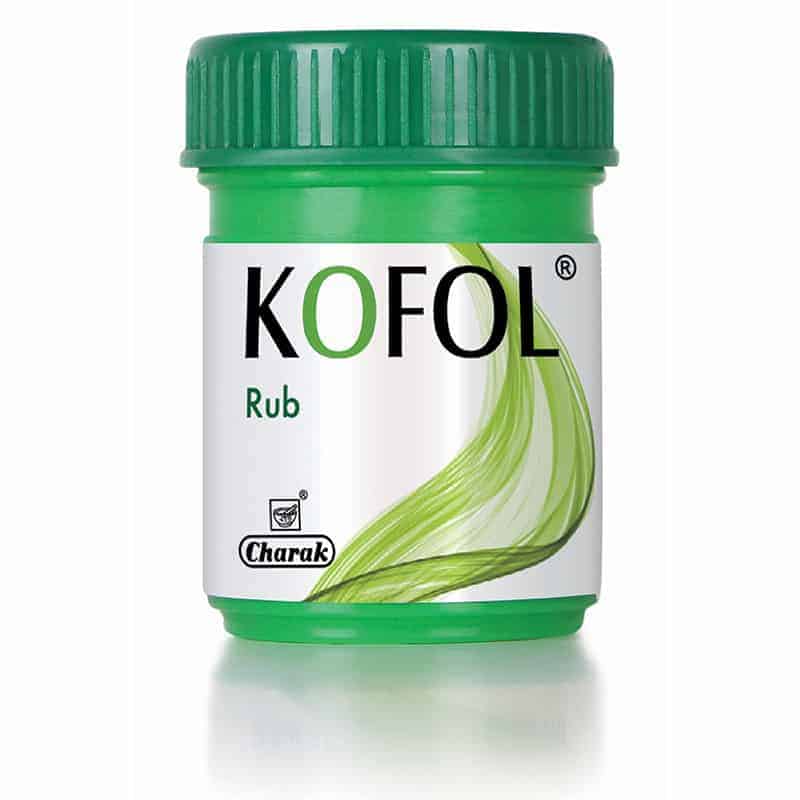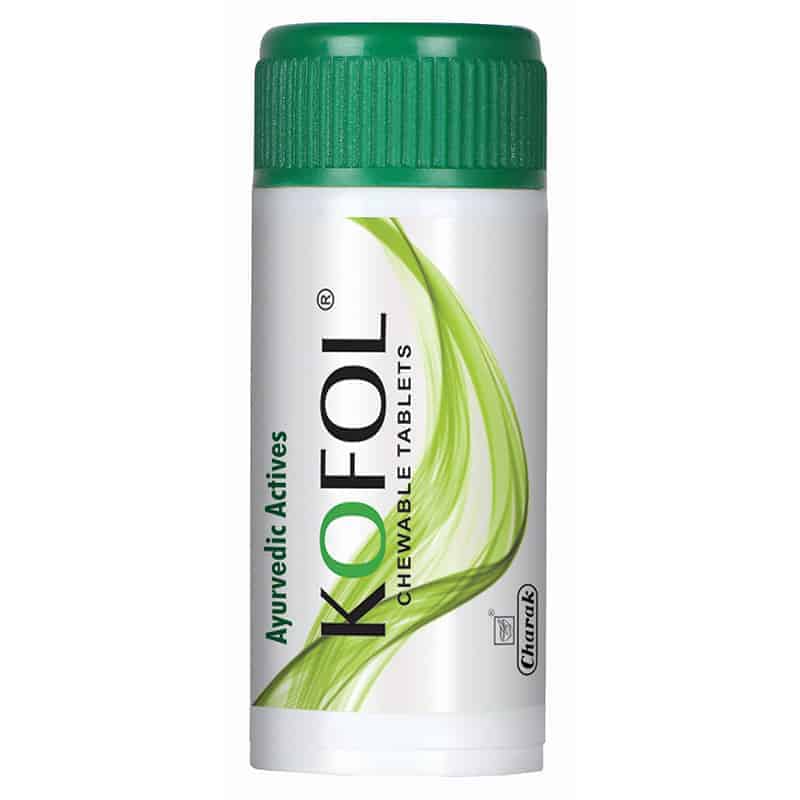Announcement
PARTICIPATE IN ARTICLE WRITING CONTEST AND WIN EXCITING CASH PRIZES
Dear Students,
Thank you for registering with www.student.charak.com and being part of a Charak family.
You have been participating in many of Charak students’ online activities – Monthly Online Quiz and CMEs. To extend our association and engagement with all ayurvedic students, we are coming up with article writing competition. Students will get a chance to have their writing skills reviewed by Charak’s senior editor and published in our eagerly awaited Charak Times, a quarterly newsletter, circulated across all the Ayurvedic colleges, senior practitioners and consultants.
Winners will be awarded as follows:
First prize winner – will receive cash prize of Rs. 7000/-
Second prize winner – will receive cash prize of Rs. 3000/-
And 2 consultation prizes – will recieve cash prize of Rs. 1000/- each.
Best article selected will be uploaded on the student site and on our blog page om www.charak.com.
Contest begins on 01st April 2017. Last date of submitting the article is 30th April 2017.
Topics for the article of the month (select any one) –
1) Role and relevance of Dinacharya in health promotion
OR
2) Prevention and management of PCOS through Ayurveda in context of modern lifestyle
OR
3) Role of Rasayan Churna in immunity building – modern and ayurvedic perspective
OR
4) Menstrual disorders vis-à-vis yonivyapad and natural remedies to best manage the problem
Terms and conditions –
- Students have to register onstudent.charak.com and like our facebook page ‘CharakPharma’ as the winner will be announced on our Facebook page
- Article format:
Word count – minimum 500 and maximum 800 words.
Content – should be relevant to the topic selected
Language – English
File format – word doc
- Tips to write an article
- For this contest, we are looking for health related articles based on the topics suggested. Writers have to express his/her ideas and expertise on the subject. The article should be original work and not a copy paste. The article should be in simple, easy to understand language for common people.
- The article must begin with an intro paragraph with definition, statistics, prevalence, facts, focus and attention – grabbing points. (approx. 200 words)
- The next paragraph (section) must elaborately include findings, causes, risk factors and the core reason of the relevant condition/title of the topic/indication
- The third section must include current treatment options for the given condition/title of the topic/indication
- In the final section, enlist/mention the useful herbs and minerals for the management of the given condition/title of the topic/indication.
- Finally, conclude with your opinion, analysis, and comments on the topic.
Before posting the article please proof read your article.
Submission of the articles – Submit your article at [email protected] before 30th April 2017
Regards,
Team Charak
Award Winning Articles
Dinacarya – a science of wellbeing
Author: Dr. Pushya A. Gautama,
IInd year PG scholar,
Dept. of DravyaGuna,
Sri Dharmasthala Manjunatheshwara College of Ayurveda and Hospital, Hassan
‘He who has health has hope, and he who has hope has everything.’
Arabian proverb
Ayurveda has always understood the importance of healthy living. Some understand this as a prevention of disease, while others understand this as the protection of all that is inherently healthy. While the latter understanding is in itself unique to and forms the basis of Ayurveda, perhaps the most vital aspect of Ayurveda is its understanding of health and its relationship to harmony in nature and peace within oneself. Thus, Dinacharya – the daily regimen- and Ritucharya – seasonal regimen – do not merely promote bodily health, but aim to establish a holistic harmony between the body, mind, and cosmos.
A Critical look at some of the Dinacharyas:
The Brahma Muhurta – the time during which attunement to Brahma, the highest knowledge, is maximum – has been referred to as the second last Muhurta of the night, exactly 1 hour and 36 minutes before sunrise. Interestingly, a lot of research in recent times corroborates the benefits of waking up well before sunrise.
A study published in ‘Emotion’, a journal of the American Psychological Association showed that people who woke up early (‘morning people’) tended to be happier than late risers (‘night owls’) as assessed by the Brief Mood Introspection Scale of Mayer and Gaschke. Professor Christopher Randler stated, in his article in the Journal of Applied Social Psychology, that early risers tended to be more proactive than late risers, as assessed by the Proactive Attitude Scale (Schwarzer, 1997), which assesses traits such as whether the subject feels driven by personal values, is driven by purpose, feels responsible for his/her life, is used to taking initiative in situations, etc. While concerted efforts to study the human physiology/and mind-body fluctuations which take place at the Brahma Muhurta are yet to be done, the above articles serve to establish scientifically, certain tangible benefits of rising early.
Introspection
You are not a drop in the ocean. You are the entire ocean in a drop’ ~ Rumi.
Ayurveda, Yoga, and all Indian sciences view the body as a vessel for the soul, an instrument through which it is possible to attain the highest state – Nirvana. Shareerachinta, as mentioned by Acharya Vagbhatta thus refers to a period of intense introspection, a surrender and deep exploration of oneself in the quiet and mystical beauty of the Brahma Muhurta.
Dental care:
Arka (Calotropis giantea), Nyagrodha (Ficusbenghalensis), Khadira (Acacia catechu) etc. – all the drugs which have been mentioned by Vagbhat Acharya in the use of Dantadhavana have Kashaya, Katu, Tikta rasa. Generally, twigs of these plants are gently crushed at one end and chewed slowly – a practice common in many villages across India today.
Interestingly, comparative studies done between contemporary bristle toothbrushes and medicinal twigs (called ‘miswak’) prove that miswak does indeed have higher dental benefit as compared to the bristle toothbrush. A study conducted by Danielsen B et al. showed that miswak use was associated with a significant reduction of dental plaques and gingival inflammation along with comparable or superior oral hygiene benefits.
These findings were corroborated by Gazi et al., who also found that miswak use was associated with lowered gingival bleeding. Such research serves to prove the scientific validity of age-old tenets of Ayurveda and plays a vital role in establishing a much needed scientific evidence base.
Medicated Kohl:
Anjana application is said to make the eyes lustrous and healthy, and improve eyesight. Despite the various methods of Anjana preparation, numerous studies are found on kohl, from different parts of the world. Studies over the years have shown that kohl protects the eyes from harmful UV radiations in sunlight. Other authors have also reported the photo-resistant, solar radiation absorption, and humidity and temperature sensory actions of kohl. A number of studies have been done and are currently ongoing regarding herbs which are beneficial to the eyes – such as Chakshushya, Mamira, Nimba, etc- and efforts being made to develop finished drugs.
Keeping the Dinacharyas alive:
The torchbearers of this ancient science of Ayurveda, are the physicians, health seekers and students of this science. But more important than them all are those who have been responsible for keeping this ancient science alive in this land – the people themselves. It remains alive in every home that incorporates healthy practices whether they are aware they are practicing Dinacharya or not.
Many households today, both rural and urban, in India – have oil baths regularly. It is not uncommon to find a grandmother applying oil on the heads of the family’s young children on a Sunday. This is indeed ShiroAbhyanga. A significant section of India’s rural population uses twigs to brush their teeth. A number of women across this country apply healthy kohl to their eyes every day. Tamboola is consumed after a satisfying meal in many households. Each of these has well-documented health benefits, some of which have been described above.
This is its greatest success – Dinacharya ensures health for the common man, the poor man. Irrespective of financial status, or social status, Dinacharya can be practiced. It is not elitist – not restricted by gender, religion, race or age – it is an integral part of the socio-cultural framework of this country. It has and continues to be a way of life. Dinacharya remains alive not because of our texts, or the preachings of physicians, but because it is alive in the lives of the people. They will protect it and take it forward, as they have done these 3000 years past.
Conclusion:
Due to the current developmental paradigm, many Indians are moving away from these traditions, and adopting lifestyles filled with unhealthy food (junk food, microwaved food etc), and unconducive lifestyle practices (spending hours in air-conditioned spaces etc. It is, therefore, the responsibility of the Ayurvedic community to reintroduce Dinacharya to the public of today – introduce practices that can be incorporated into busy work lives; that can be incorporated into the lives of construction workers, coolies, and ragpickers. Then, truly, Dinacharya, the mystic science of health and well-being, will blossom once again in this land.
True health fundamentally means to be in tune with nature – both inner and outer.
Sadhguru Jaggi Vasudev
Role of Rasayna Churna in Immunity Building
Role of Rasayna Churna in Immunity Building – Modern and Ayurvedic Perspective
Author- Dr. Sheetal Suryakant Chavan
Ph.D Student- Rognidan
A.S.S Ayurved College, Nashik
Ayurveda describes two type of diseases viz. Nij (Doshaj) and Agantuj. While Nij vyadhis comprise of metabolic and non-communicable diseases, the agantuj vyadhis include traumatic conditions.
Infection means entry of micro organisms in the human body which attacks the human cells for their own reproduction and thus destroys them. If not controlled in time, this may turn fatal. The micro-organisms including bacteria, virus, fungus, and parasites attack the human body. The gold standard of controlling the infections is the antimicrobials i.e. antibacterial, antifungal, antiviral and antiparasitic drugs. But one should not forget that all these agents have been discovered just in the recent past and it has to be recognized that even before the discovery of antimicrobials, the human body was capable to fight with microbes. This inherent power and unique defense system of the human is called as “Immunity”.
The modern medical science became very popular since ‘Alexander Fleming’ discovered ‘Penicillin’ in 1928. Initially it proved to be a boon for the entire human kind and suddenly there was hope that all the infectious diseases would be eradicated.
But as it is evident, the microbes survived and became more powerful and resistant to the antimicrobial agents, giving rise to newer infectious diseases. It is believed that in near future most of the antibiotics will become ineffective because of resistance. Thus, it is a need of time to focus on ‘Immunity’ and not rely on new molecules to counter the micro-organisms. The whole medical faculty has now realized the importance of immunity. There is a huge research going on to develop some molecules which enhance or boost the natural defense system i.e. Immunity.
Ayurveda the oldest medical science holds a completely different view. The microbial existence and their role in infectious diseases were known to Ayurveda. Obviously, the minute details of their morphology, types and there things were not known, due to lack of high tech gadgets. Ayurveda has compiled the diseases caused by microbes under the category- Grahabadha. All the classical texts of Ayurved have mentioned Grahabadha and also its management. Ayurved differs from modern science here. It emphasizes more on prevention of diseases than its cure. Ayurved called this defense system Vyadhikshamatva.
This Vyadhikshamatva resists the progression of disease and also prevents the formation of disease.It in turn depends on many factors out of their the equilibrium of Tridosha ( Bioenergies), Dhatu bala(Health of tissues), the Samyak Agni (Digestive Fire), the Oaj(Vital Energy), and the Bala.
Ayurveda focuses on 3 plans for acquiring or enhancing immunity.
- Rasayan (Rejuvenation therapy)
- Vyayama (Exercise)
- Saatmya
Rasayan i.e. regeneration deals with medications that boost the immunity. Rasayanas are special medicines that enhance the overall strength of the tissues and thereby help to fight the infections. Many Rasayan formulations have been described in the texts. Out of these the Rasayan Churna described in “Ashtang Hriday Uttartantra 39/160” has been widely used and has very good results.
Gokshura, Amalki and Guduchi are the constituents of this churna . Each of these is itself a Rasayana. This churna acts as a Vrishya, prevents diseases and graying of hair, increasing the lifespan. Here is a short summary of the herbs.
Guduchi supports the functioning of the healthy immune and the natural response of the body to the stress. It is a mental rejuvenative or a Medhyarasayana as per Charak Samhita. It helps in increasing the effectiveness of WBC and it helps in building up body’s defense mechanism. It inhibits the growth of bacteria and also enhances the function of protective cells and macrophages. It is useful in many diseases like gout, psoriasis, diabetes, urinary disorders (UTI), fever, URTI, cancer, etc.
Gokshura is an anti-inflammatory, anti-arthritic, anti hypertensive, anti gout and a muscle relaxant. It is also effective in urinary tract infections, bladder infection by flushing toxins out of urinary system. Gokshura helps in improving the immune system by producing healthy red blood cells.
Amalaki directly promotes detoxification with its rich in antioxidant content on a systemic level, detoxification begins with healthy agni digestive fire, not only GI tract but also in all the tissues and amla helps to balance agni throughout the body. It also has a particular affinity for the blood, liver and spleen and is therefore able to support the elimination of natural toxins while nourishing and protecting the body’s natural defense system.
Regular use of this churna can enhance the total strength and vitality of the body. The 3 drugs act in coordination to detoxify the body. This results in cleansing of the body and equilibrium of Tridosha, Pravar Saptadhatu, trimala, 13 srotasas and Oaj.
Thus regular practice of Rasayana churna helps not only to prevent infections but also other diseases like Prameha, Mutrakruccha, Mutrashmari, Mutraghat, Hypertension, Shotha, Medorog, Pandu, Kastartava, Andavruddhi, Psoriases, disorders of hair etc.
Thus, the Rasayan Churna if used in combination with modern medicine can help to fight off chronic, life threatening diseases like HIV, tuberculosis, swine flu, cancer, etc. Also it helps to counter balance the side effects of modern drugs used to treat these diseases.
Project report
In the International Journal ‘Deerghayu’, a project report was published titled “ 3- Effect of Rasayana Churna in general health improvement- A clinical study (Vol no. 31-01, Issue no 121, Jan-March 2015)”. In this project, 30 patients were selected irrespective of the disease. They were given 5gms of Rasayana churna two times a day, along with lukewarm water. This regimen was followed for 1 month. Then the patients were evaluated. It was concluded that –
All the vitiated doshas were back to their normal state. Agni, Koshtha, Mala, Mutra, Jivha were found in Prakrutavastha.
Other signs like Amlapitta, Pandu, Gauravta, Daurbalya, Sandhivata, Sthaulya showed a statistically significant decrease.
In brief, the Rasayana Churna acted like a General Health Tonic. In developed countries, antibiotics are not prescribed as the first choice of drug for any illness; instead multivitamins are given to improve general health and immunity. Thus, along the same lines Rasayan Churna can be given in any disease to boost the ‘Active immunity’ of the patient.
The Rasayan Churna acts as an immunity booster. It is easily available and economic, thus benefitting all class of the society. It is also easily consumable.
Millions of deaths are caused by the infectious diseases. To prevent them, a good immune system is required and the Rasayan Churna is the potential health tonic that can be a boon to the entire human kind.






